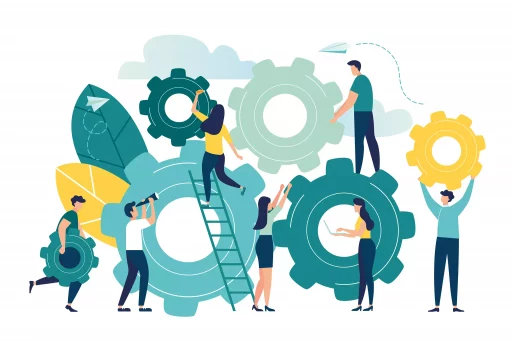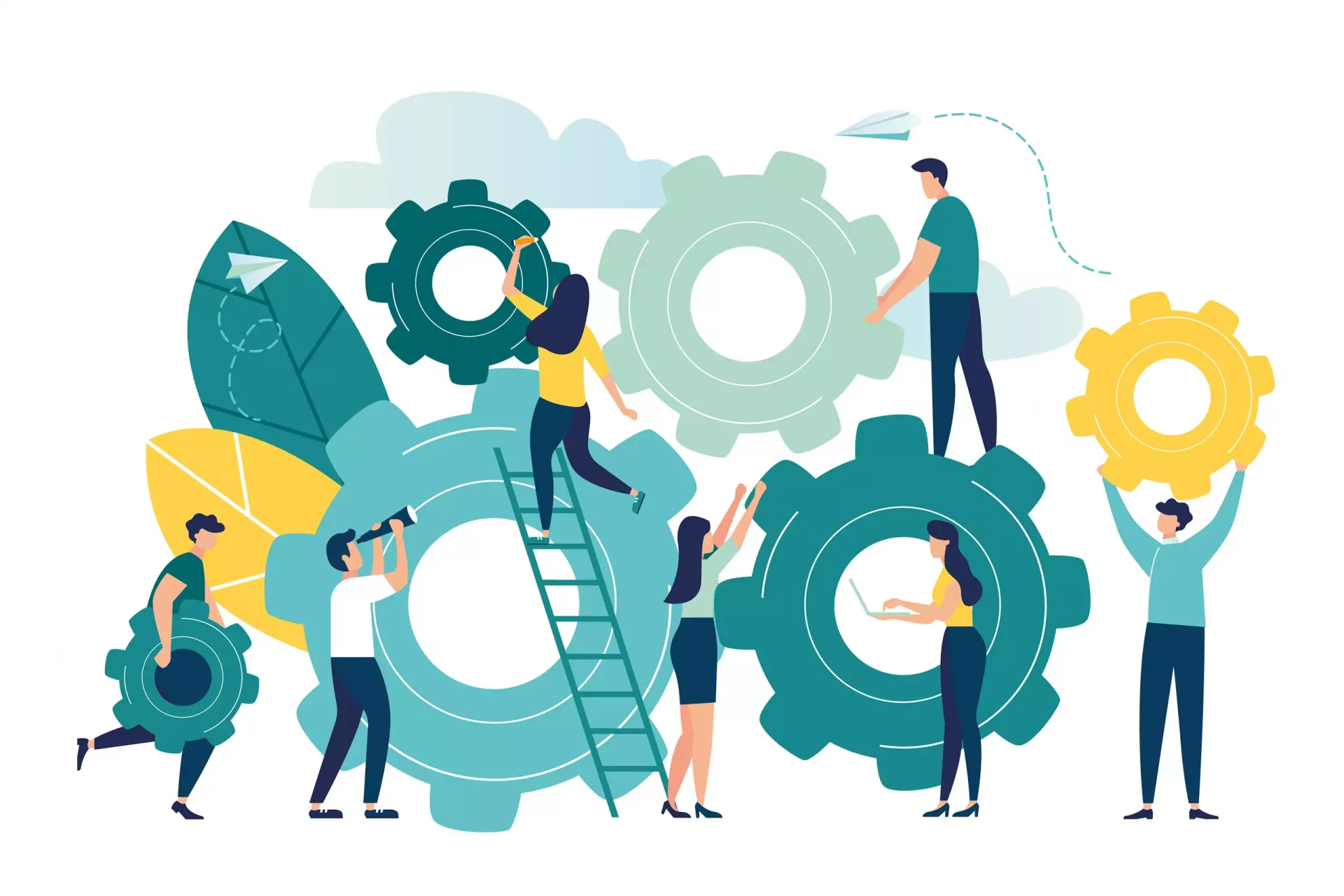Introduction to Human Resources
Human Resources (HR) is a crucial department within any organization, responsible for managing the most valuable asset of a company—its people. HR encompasses a variety of functions including recruitment, employee relations, performance management, training, and development.
The Role of Human Resources
The primary role of HR is to support the organization’s strategic goals by ensuring it has the right talent in the right positions. To achieve this, HR professionals undertake the following tasks:
- Recruitment and Selection: Identifying, attracting, and hiring top talent.
- Training and Development: Providing employees with the necessary skills and knowledge.
- Performance Management: Assessing and enhancing employee performance through feedback and evaluations.
- Employee Relations: Addressing workplace conflicts and fostering a positive work environment.
- Compensation and Benefits: Developing competitive packages to attract and retain talent.
The Importance of HR in Organizations
A well-functioning HR department can significantly impact an organization’s success. According to a 2021 survey by SHRM, organizations with effective HR practices can improve productivity by up to 30%.
Consider the case of Google, known for its innovative HR practices. The company invests heavily in employee development and corporate culture, resulting in higher retention and a strong employer brand. In 2020, Google ranked third on Glassdoor’s list of the best companies to work for, largely due to its focus on employee satisfaction.
Key Functions of Human Resource Management
HR management can be broken down into several key functions:
- Strategic Planning: Aligning HR strategies with organizational goals.
- Talent Acquisition: Utilizing technology and social media to attract candidates.
- Employee Engagement: Creating programs that foster a positive workplace culture.
- Compliance: Ensuring the organization follows labor laws and regulations.
Current Trends in Human Resources
With the rapid evolution of the workplace, HR practices are also changing. Some current trends include:
- Remote Work: Adapting to flexible work arrangements post-pandemic.
- Diversity and Inclusion: Creating policies that promote a diverse workforce and inclusive culture.
- Employee Well-being: Implementing health and wellness programs that support mental and physical health.
Conclusion
In summary, human resources play a vital role in the functioning of organizations. By strategically managing the workforce, HR not only enhances productivity but also contributes to a positive workplace culture. As workplaces continue to evolve, HR will remain essential in navigating the complexities of talent management. Organizations that prioritize human resources will likely lead in innovation, employee satisfaction, and overall success.




